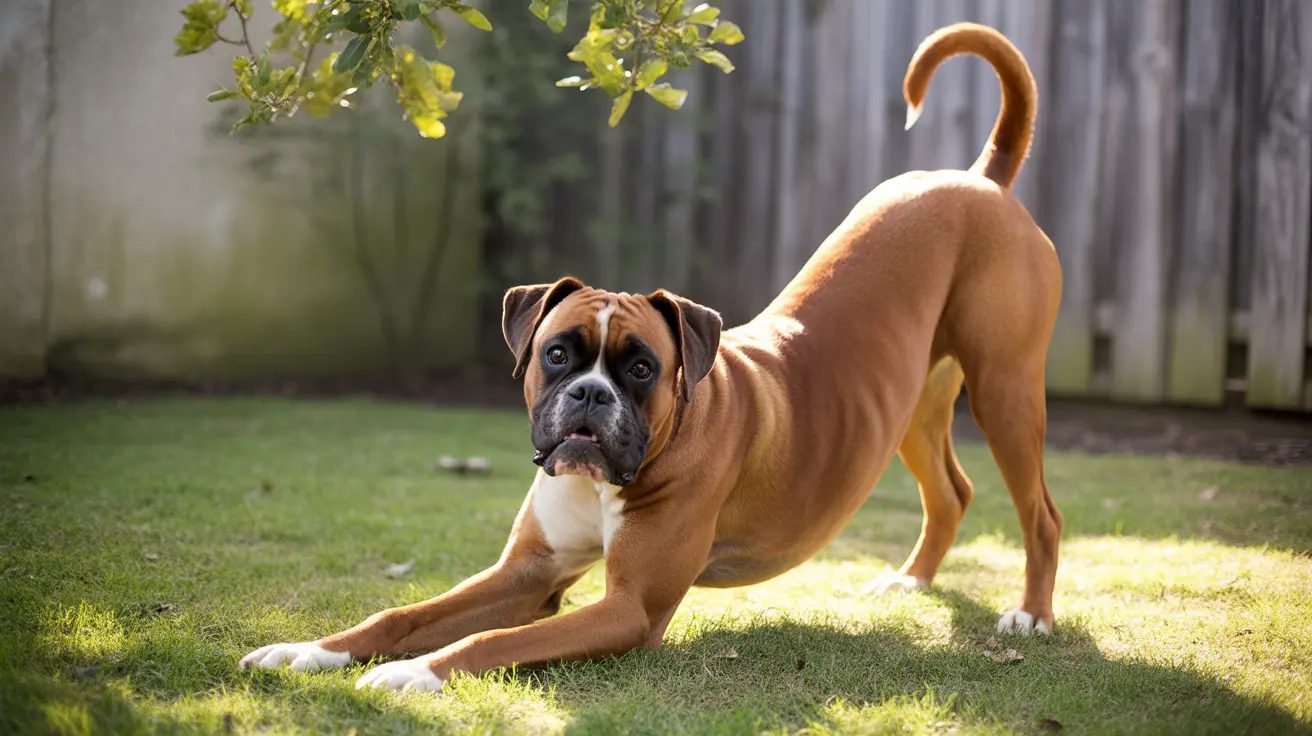How Dogs Perceive Humans: Are We Just Big Dogs to Them?
Ever wondered if your dog thinks you're just another (albeit odd-looking) member of its canine pack? It's a common question among dog lovers, but scientific research offers some fascinating insights. Dogs and humans have shared a unique bond for thousands of years, yet dogs don't actually mistake us for fellow dogs. Instead, they recognize us as something entirely different—yet still essential in their lives.
Sensory Superpowers: How Dogs Distinguish Species
Dogs possess an incredible sense of smell, boasting up to 300 million olfactory receptors. This allows them to identify humans by scent alone, which is vastly different from how they perceive other dogs. Visually, the differences are even more obvious: we walk upright on two legs, wear clothes, and lack fur or tails. Our posture, movement, and even the way we communicate set us apart from their own kind.
- Scent: Human scent is distinct from that of dogs.
- Sight: Bipedal movement, clothing, and lack of canine features make us visually unique.
- Behavior: Our communication methods and social behaviors differ significantly from those of dogs.
Studies reveal that dogs can correctly identify photos of other dogs among various animal images, including those of people. Even if a dog couldn't use its nose, it would still know you're not a dog thanks to your physical form—think opposable thumbs and upright walking style.
The Social Side: Humans as Part of the Pack
While it's clear that dogs don't see us as fellow canines, they do include us in their social circles. Descended from wolves, dogs are naturally social animals with an instinct to form strong bonds—not just with other dogs but also with people. Through centuries of domestication, they've developed the ability to read human body language and vocal cues in ways few other animals can.
- Attachment: Dogs often experience a secure base effect with human caregivers (much like children with parents).
- Communication: They understand human emotions through tone of voice and nonverbal cues.
- Cognitive adaptation: Brain scans show that dogs use different brain regions when interacting with people versus other dogs.
This means your dog doesn't just see you as a food dispenser or playmate—you're an integral part of its world. Some breeds may be more likely to view humans as companions (think Golden Retrievers or Labradors), while others might see you as a leader or family member to protect.
Puppy Love: The Unique Human-Canine Bond
The relationship between people and their pups is special. Domestication has made dogs far more willing than wolves to approach humans—even as puppies raised in similar environments. Unlike wolves, who tend to avoid eye contact with people, dogs seek out our gaze, strengthening emotional connections in ways rare among animals.
Your dog probably doesn't see you as its "parent" or "alpha" in the strictest sense. Instead, it recognizes individuals who provide food, shelter, or affection as important figures—while others might be playmates or simply part of the household landscape. In homes with multiple pets, research suggests many dogs form stronger attachments to their humans than to each other.
The Language Barrier: Understanding Without Words
Dogs don't rely solely on words to communicate—they're experts at interpreting routines, hand signals, and especially tone of voice. Many can learn daily rituals (like anticipating walks or meals) based on owner habits and respond emotionally to our moods. Some even mirror their owner's personality traits over time!
- Routine recognition: Dogs quickly learn household patterns.
- Tone sensitivity: They react differently depending on how something is said rather than what is said.
- Mood mirroring: Emotional states can be contagious between owners and pets.
This advanced social intelligence helps explain why dogs are so attuned to our needs—and why they're such beloved companions around the world.
No Alpha Needed: Trust Over Dominance
You might have heard about dominance hierarchies or "alpha" status in dog training circles. However, modern understanding suggests that what really matters is trust and positive reinforcement—not fear-based tactics or rigid hierarchies. Dogs seek guidance and security from those they trust most; that's why building a relationship based on kindness works best for both species involved.
The Bottom Line: Unique Companions Across Species
Your dog knows you're not a fellow canine—but that doesn't make your bond any less meaningful. Using their senses and keen social skills, dogs recognize us as unique beings who play vital roles in their lives. This cross-species friendship continues to evolve but remains rooted in mutual trust, loyalty, and affection—qualities that make the human-dog relationship truly one-of-a-kind.





